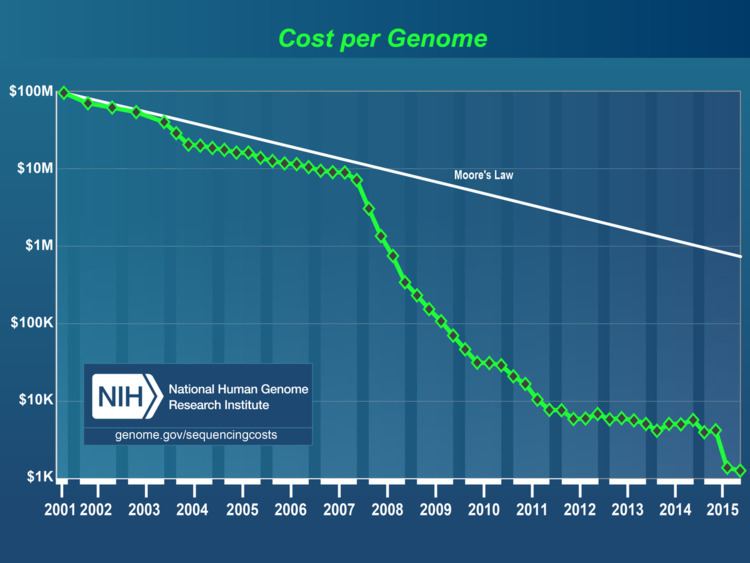 | ||
The Genome Project - Write (also known as GP-Write) includes sub-projects like Human Genome Project-Write (HGP-Write), formally announced on 2 Jun 2016, is an extension of Genome Projects (aimed at reading genomes since 1984), now to include development of technologies for synthesis and testing of many genomes of microbes, plants and animals. This leverages two decades of work on Synthetic Biology and Artificial gene synthesis.
Contents
The newly created GP-Write project will be managed by the Center of Excellence for Engineering Biology, a new nonprofit organization. The researchers expect that the ability to synthesize large portions of many genomes would result in many scientific and medical advances.
Microbial Genome Projects - Write
Technologies for constructing and testing Yeast artificial chromosomes, synthetic yeast genomes (Sc2.0) and virus/phage-resistant bacterial genomes have industrial, agricultural and medical applications.
Human Genome Project-Write
The human genome consists of three billion DNA nucleotides, which have been described in the Human Genome Project - Read program, 95% completed in 2004. Examples of goals of GP-Write include making cell lines that are resistant to all viruses and synthesis assembly lines to test variants of unknown significance that arise in research and diagnostic sequencing of human genomes (which has been exponentially improving in cost, quality and interpretation).
